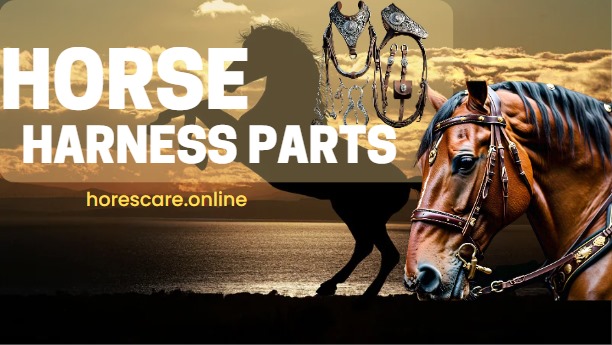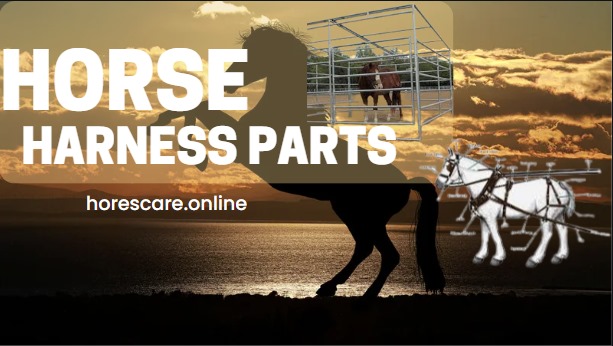Having been raised around horses, understanding the intricacies of a horse harness was fundamental. A horse harness is essential for connecting a horse to various types of loads like carts and carriages.
Now, I’ll explore the essential parts of a horse harness, emphasizing their functions and importance.
Overview of Horse Harness Parts
A horse harness includes various components that are vital for ensuring the safety, comfort, and performance of both the horse and the load being pulled.
Whether you’re working or enjoying leisure activities with your horses, knowing these parts can significantly enhance your handling abilities.
Headgear Components
Bridle and Bit:
The bridle is essential for holding the bit in place in the horse’s mouth, crucial for control. It consists of the headstall that keeps the bit secure and the reins that the rider uses to direct the horse.
Horse Bridles
The Main Body Harness
Saddle and Girth:
Positioned on the horse’s back, the saddle helps distribute the load. The girth secures the saddle on the horse, crucial for the animal’s comfort.
Breastcollar:
This part stretches across the horse’s chest and is essential for pulling loads without hampering the horse’s breathing.
Breeching:
This component encircles the horse’s rear and aids in braking and reversing, particularly on sloped terrain.
Essential Linking Pieces
Traces:
These are the strong straps that connect the main body of the harness to the load, essential for withstanding the pulling force.
Tugs:
Tugs link the traces to the saddle or cart, allowing for adjustments in the length of the traces.
Reins:
The driver uses reins to steer the horse, making them a fundamental tool for communication.
Tips for Maintaining Your Horse Harness
To ensure your horse harness lasts longer, regularly clean the leather components with appropriate saddle soap, routinely check for any signs of wear, and replace damaged straps promptly.
Safety and Comfort Enhancements
Investing in high-quality harness components and ensuring they fit properly not only secures safety but also enhances your horse’s comfort and overall performance.
Wrapping Up
Grasping the different parts of a horse harness is vital for any horse handler. This knowledge ensures your horse is comfortable and safe, and that you maintain effective control during activities.


